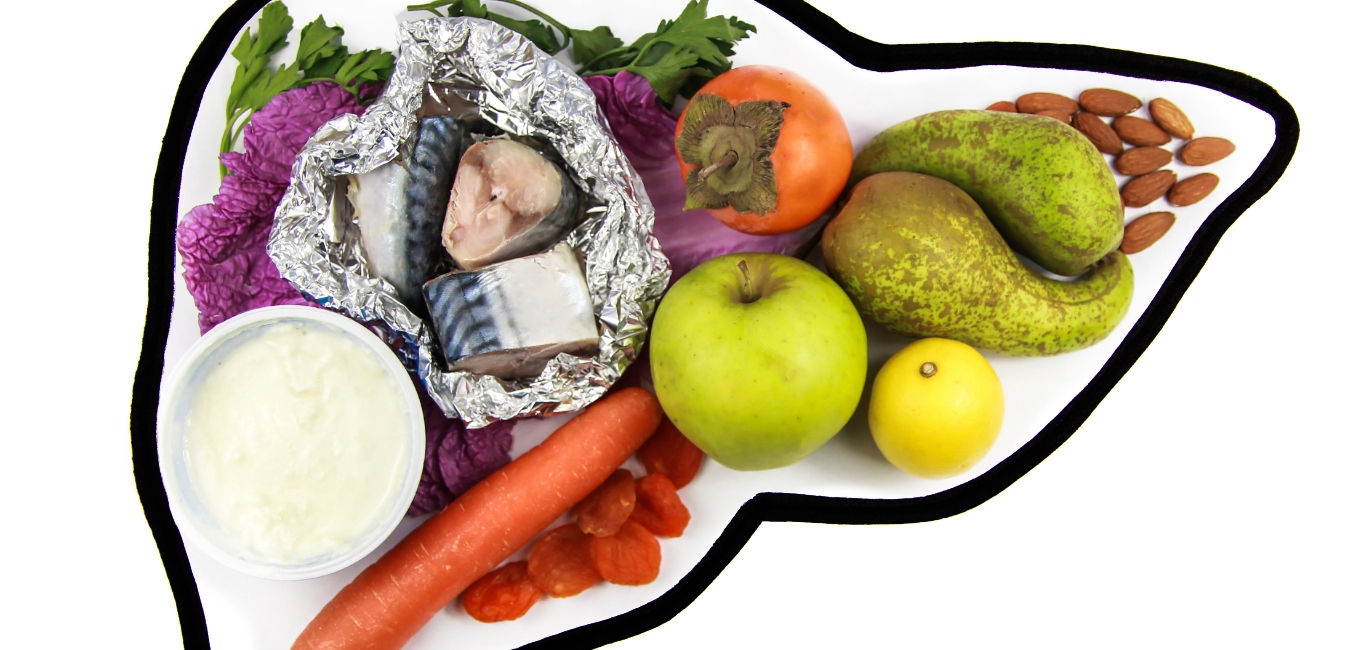
Abhishek Burnwal, 26, could not digest anything that he ate. He got diagnosed with acute fatty liver condition. Being new to the family business four years ago, Burnwal recalls, “I paid no heed to my food habits. I either skipped breakfast or lunch, and often found myself surviving on junk foods on the way.”
Fast forward to 2020, being diagnosed with grade II fatty liver was a wakeup call for Abhishek. “After starting on prescribed medications, and a bunch of diet modifications, I am finally able to manage my condition,” says Burnwal.
One of the vital functions of the liver is to filter out all the toxins from the body, digest fat with bile (a fluid produced by liver to digest fat) and store glycogen (a compound that breaks down into glucose when the body requires energy). A healthy functioning liver depends not just on the quality and quantity, but also the timings of the meals.
A 2020 study published in the Gastroenterology and Hepatology, a peer-reviewed journal, states that the circadian rhythm of our body plays a key role in the metabolism of micro and macro nutrients. It also states skipping lunch increases one’s probability of getting non-alcoholic fatty liver disease and steatosis (fatty liver) by 73 per cent.
Eating right
What we eat plays a major role in determining the health of our liver. A 2021 paper published in the BMC Gastroenterology studied the pattern of diet and its association with NAFLD (non-alcoholic fatty liver disease). Scientists found a dietary pattern that had high intakes of fruits, vegetables, nuts, olive oil, low-fat dairy products, fish, and garlic was associated with reduced risk of NAFLD.
Aman Puri, health coach, endurance athlete, and founder of Steadfast Nutrition, recommends foods rich in antioxidants and anti-inflammatory properties and fibre. “Reduce the intake of packaged foods and carbonated drinks, which are high in added sugar and salt. Avoid food rich in saturated fats. Instead, include good fats such as coconut oil, olive oil, oil made from nuts and seeds, and fatty fish like salmon, sardines and mackerel.”
While the liver filters out plenty of waste, it produces a lot of harmful free radicals in case of liver diseases. Antioxidants from fruits like kiwi and orange and vegetables such as carrot, beetroot, bell pepper, and green leafy vegetables help to scavenge these free radicals and keep our liver clean.
Anti-inflammatory foods include nuts and seeds such as almonds, walnuts, and flax seeds that protect against the risk of NAFLD. While high-fibre food sources such as pulses and whole grains positively influence the gut-liver axis and enhance the effects of the antioxidants.
A lifestyle, not just a diet
A 2020 study published in the open access journal, BMC Gastroenterology, analysed the lifestyle factors that increase the risk of developing fatty liver. It found that smoking, drinking alcohol, obesity, and physical inactivity were linked to higher risk of developing fatty liver.
With increasing weight, our body also develops insulin resistance and for people with fatty liver condition, weight control is a major challenge. However, as commonly mistaken, a low carbohydrate and high protein diet is not the solution to this problem.
Ankita Debbarma, assistant dietician at Jawaharlal Institute of Postgraduate Medical Education and Research, Puducherry, says, “To prevent non-alcoholic fatty liver condition or minimise the insulin resistance in body, a low carbohydrate diet is not the right option. Instead, we should maintain a healthy lifestyle through balanced diet and exercise.” He also says that one must avoid simple carbohydrates and include more complex carbohydrates, moderate protein and high amounts of fibre to maintain a healthy weight.
One must include low glycaemic-index foods such as whole grains, legumes, and vegetables to minimise insulin resistance. Limiting portion size, following a balanced diet and regular exercise will help to reduce visceral fat (fats stored in internal organs abdomen, liver, etc). This can go a long way in maintaining a healthy weight.
Debbarma adds, “For a healthy liver, one must regularly do aerobic exercises and resistance training like swimming, cycling, brisk walking, jogging, running, and lifting free weights.”
Good fats, bad fats
Good fats such as PUFA (polyunsaturated fatty acids) and MUFA (monounsaturated fatty acids) are required for the healthy functioning of the body. A 2015 study published in the World Journal of Gastroenterology, says that taking oily fish twice a week along with other lifestyle modifications, may help to reduce the risk of fatty liver.
However, experts recommend staying away from fad diets such as ketogenic diet as they can pose risk to the liver. Puri says, “Keto diets are high in saturated fat, moderate in protein and low in carbohydrates, which can induce weight loss and improve glycaemic control, but increase the risk of hyperlipidaemia (high cholesterol), elevation of liver enzymes, and fatty liver condition”
He adds, “High protein diets are also not recommended as not all protein is healthy. Those who consume a lot of animal protein have a 50 per cent increased risk of fatty liver condition.”
What you should absolutely avoid
An inactive lifestyle is the worst enemy of one’s liver. Most liver conditions arise due to unhealthy fat accumulation around the organ. A high visceral fat makes your liver malfunction and hence, develop inflammation and scarring.
People who have already developed stage I or stage II fatty liver should focus on lifestyle modification, says Puri. “Avoid sugary fruit juices and other carbonated drinks, saturated and trans fats like overheated ghee, butter, chips, hydrogenated oil (vanaspati oil), which increase triglycerides (a type of fat found in blood) in liver cells”, he adds.
“Given all the dietary modifications, it also will take patience and commitment to manage my condition”, recalls Burnwal. However, determined as ever, he continues to stick to a healthy diet and moderate exercises along with medications.

















